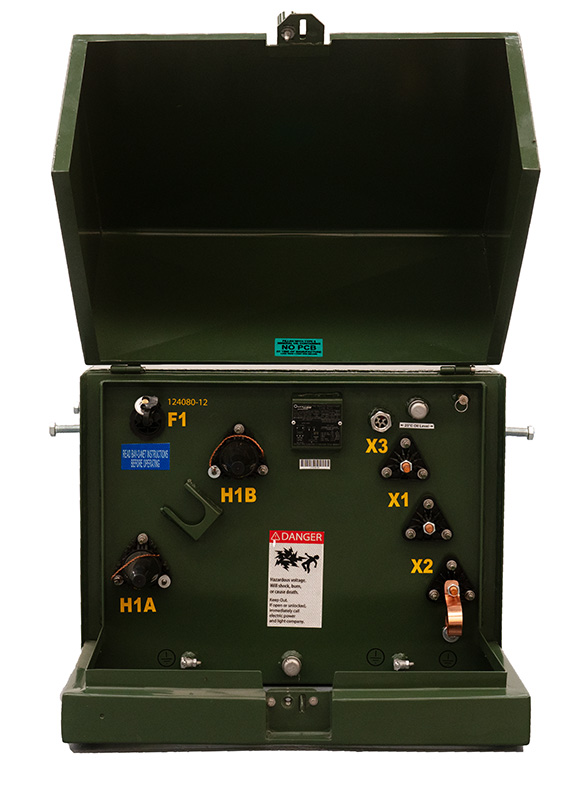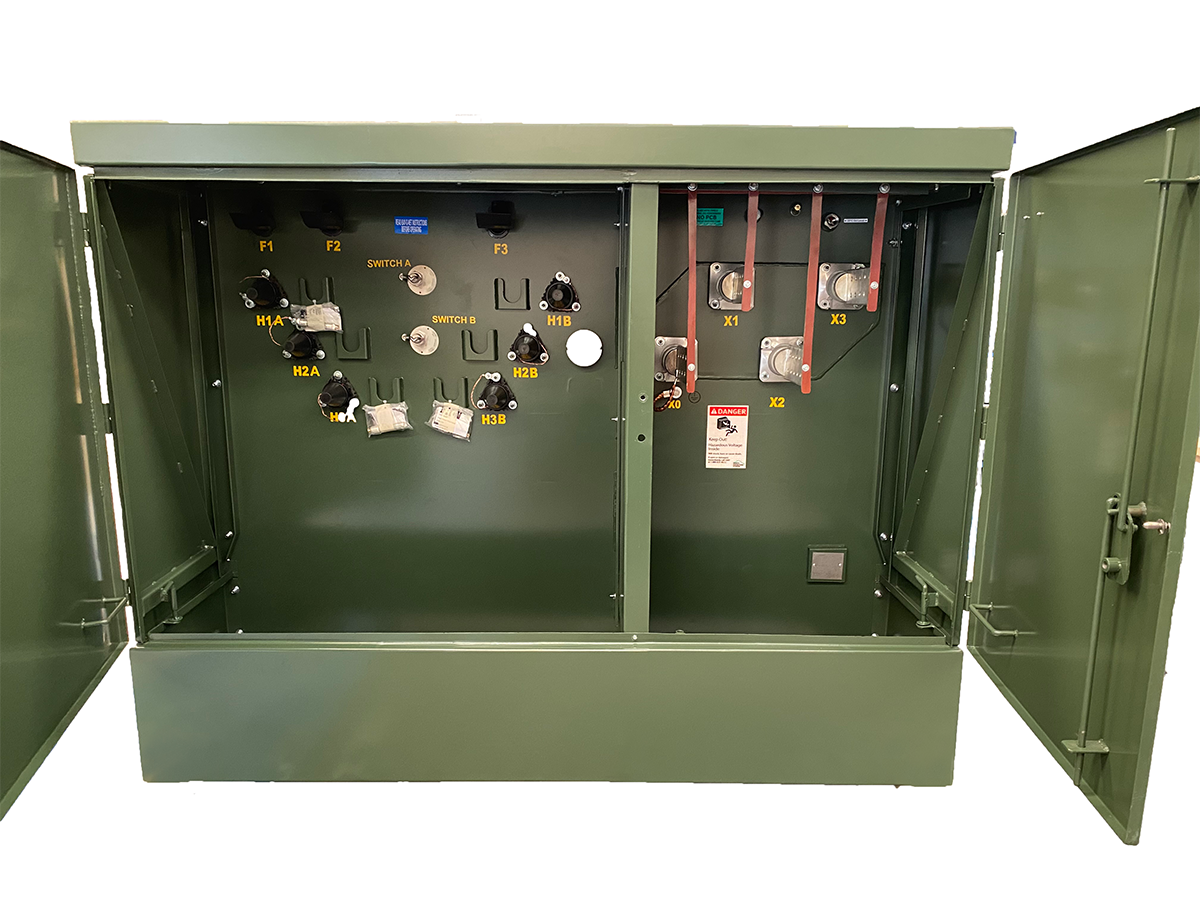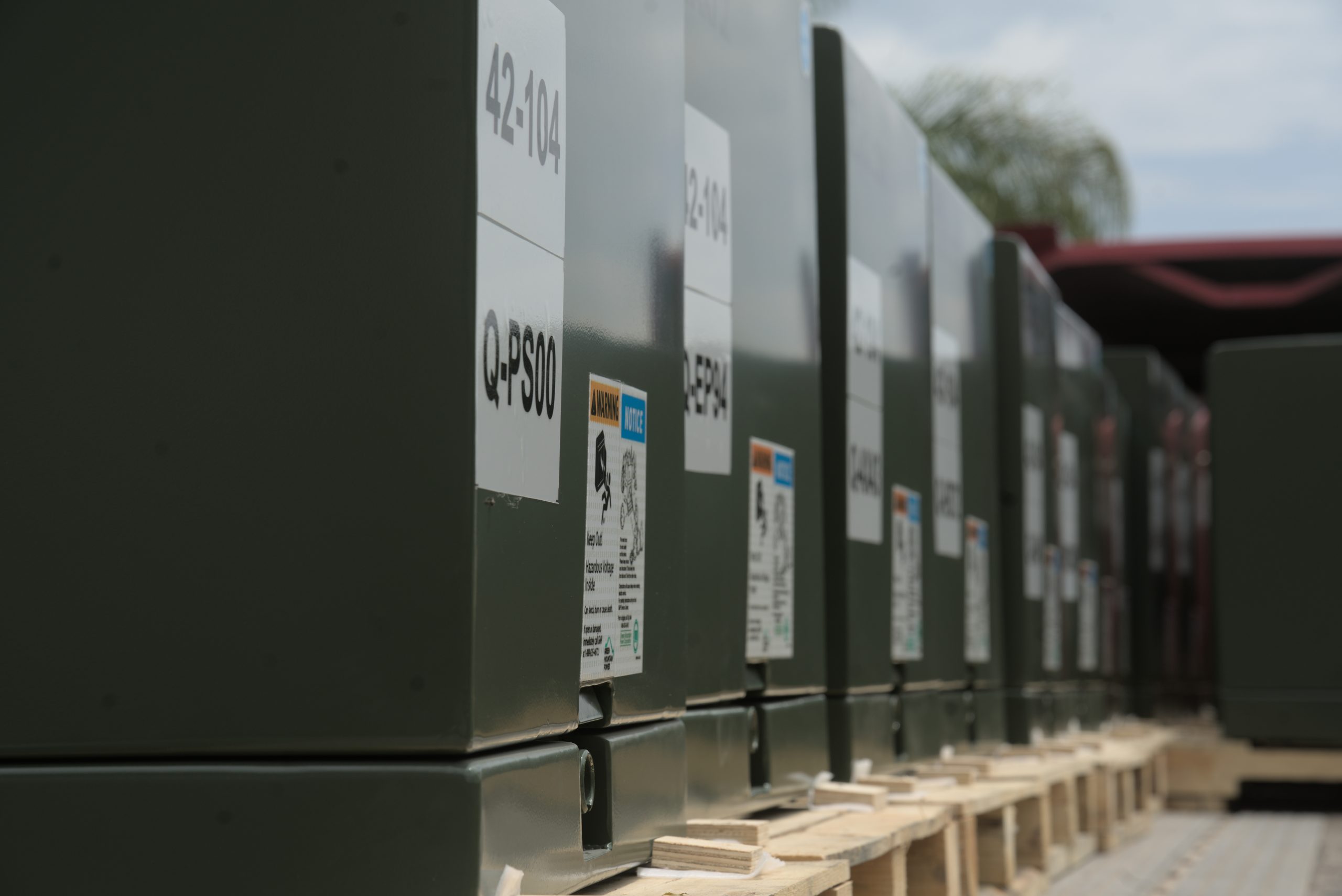Electrical transformers are engineered systems composed of multiple parts, each playing a vital role in the safe and efficient transfer of electrical energy. Whether it’s for industrial, commercial, or residential infrastructure, understanding the anatomy of a transformer helps clarify how this equipment ensures reliable energy delivery.
Let’s navigate together into a visual and explanatory breakdown of the most essential components of a transformer and what each one does.
1. Core (Magnetic Core)
The core is the heart of the transformer. Usually made of laminated silicon steel, it serves as the path for magnetic flux between the primary and secondary coils. Its main function is to contain and guide the magnetic field, minimizing energy losses due to eddy currents and improving overall efficiency.
- Key point: A high-quality core reduces power loss and improves voltage regulation.
2. Windings (Coils)
Transformers have at least two sets of coils: the primary winding and the secondary winding.
- Primary winding: Receives electrical energy from the source.
- Secondary winding: Delivers the modified voltage to the load.
These windings are made of copper or aluminum and are carefully insulated to prevent short circuits.
- Function: They allow for voltage conversion through electromagnetic induction.
3. Insulating Materials
Electrical insulation is critical to prevent electrical faults between internal components.
- Common materials: Pressboard, resin, or oil-impregnated paper.
- Function: Ensures electrical separation between windings and between the windings and the core.
4. Dielectric Oil
Many transformers are oil-filled for both cooling and insulating purposes. The dielectric oil flows around the windings and core, absorbing heat and transferring it to the tank walls or radiator for dissipation.
- Functions:
- Acts as an electrical insulator.
- Provides thermal conductivity to prevent overheating.
- Protects internal components from moisture.

5. Tank
The tank houses all the internal components and serves as the outer shell of the transformer.
- Usually made of mild or stainless steel and welded to prevent the entry of contaminants.
- In oil-filled units, the tank also acts as a reservoir for the dielectric oil.
6. Radiators and Cooling System
To manage temperature, transformers often have radiators, fans, or cooling fins.
- Function: Dissipates the heat generated inside the transformer to maintain safe operating temperatures and extend the unit’s lifespan.
7. Buchholz Relay (in medium power transformers)
A Buchholz relay is a gas-activated protection device used in oil-filled transformers.
- Function: Detects gas accumulation (from internal faults) and sends an early warning or triggers shutdown to prevent damage.
8. Terminal Bushings
These are the insulated connection points where electrical cables or busbars attach to the transformer.
- Function: Provide safe passage of electrical current in and out of the transformer while maintaining insulation and structural integrity.

At United TRS Electric
We manufacture and supply custom-engineered transformers built with premium materials and full compliance with U.S. standards. If you’re looking for a reliable solution for your power system our team is here to help.
→ Contact us today to learn more about our transformer technology and get expert advice tailored to your needs.
sales@unitedtrselectric.com 214-876 0184

